The headline was "Could we have predicted election with THIS? What Theresa May's HANDWRITING says about PM."
For example, I saw in Trump's handwriting a potential to project blame onto others, and how an image of arrogance and intransigence can be a compensation for inner anxiety.
Teresa May's handwriting I described as 'discordant' and restless. Some people are comfortable 'in their own skin' whereas others used their inner insecurity as a motivating force, in order to prove everyone wrong. They find a sense of validation in 'getting things done'. I think Mrs May's writing falls into this camp.
My original contribution to the Blog of penheaven.co.uk was fun to write, but just rough sketches in terms of my analysis. A full handwriting analysis takes 3-4 hours and involves a much fuller understanding of the personality involved.
As for Boris Johnson's handwriting, the small, spidery crawl lacks curves and roundness. A possible weakness in this type of writing relates to the realm of feelings and emotions, which can be a minefield for some people. This type of writing is more comfortable in intellectual matters. There is a contradiction here too. Privately, the small airy writing shows someone who enjoys their own space, but at the same time, the signature is flamboyant and wants to be at the centre of the action.
What complex beings we humans are!
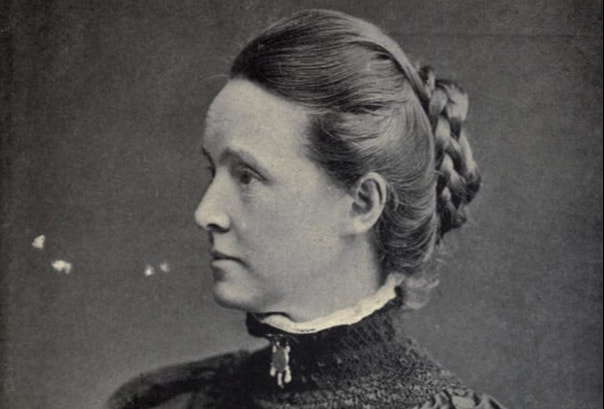
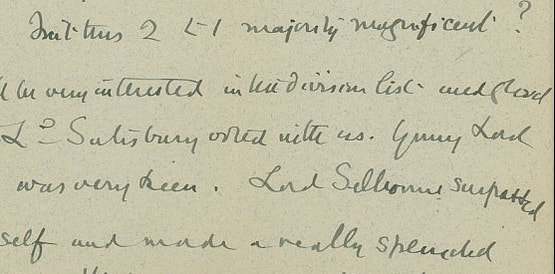

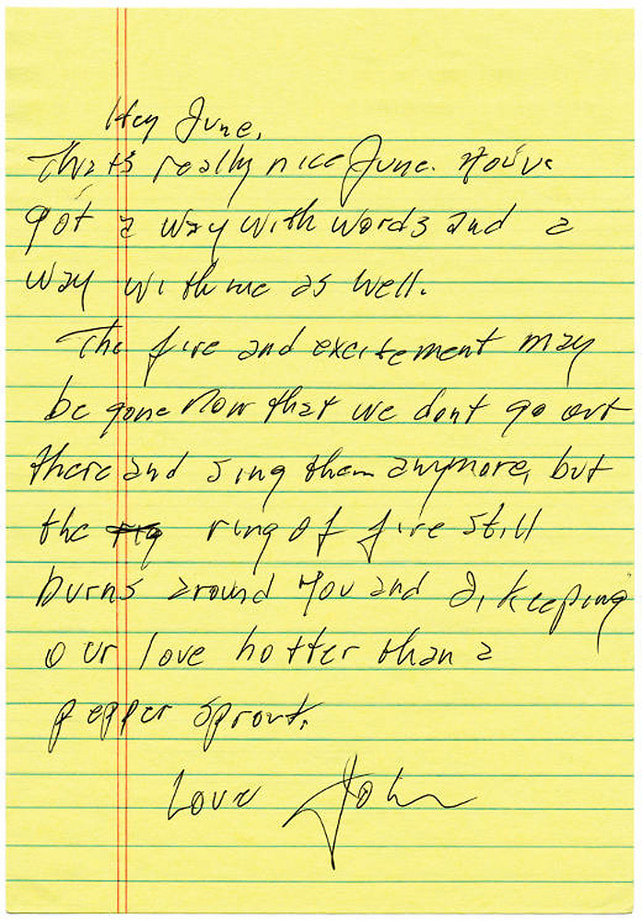
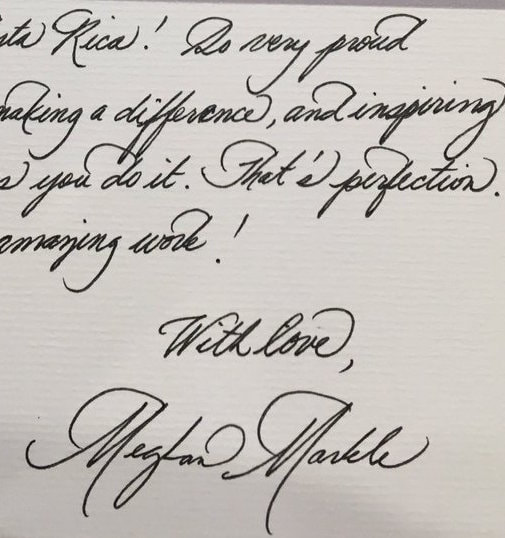
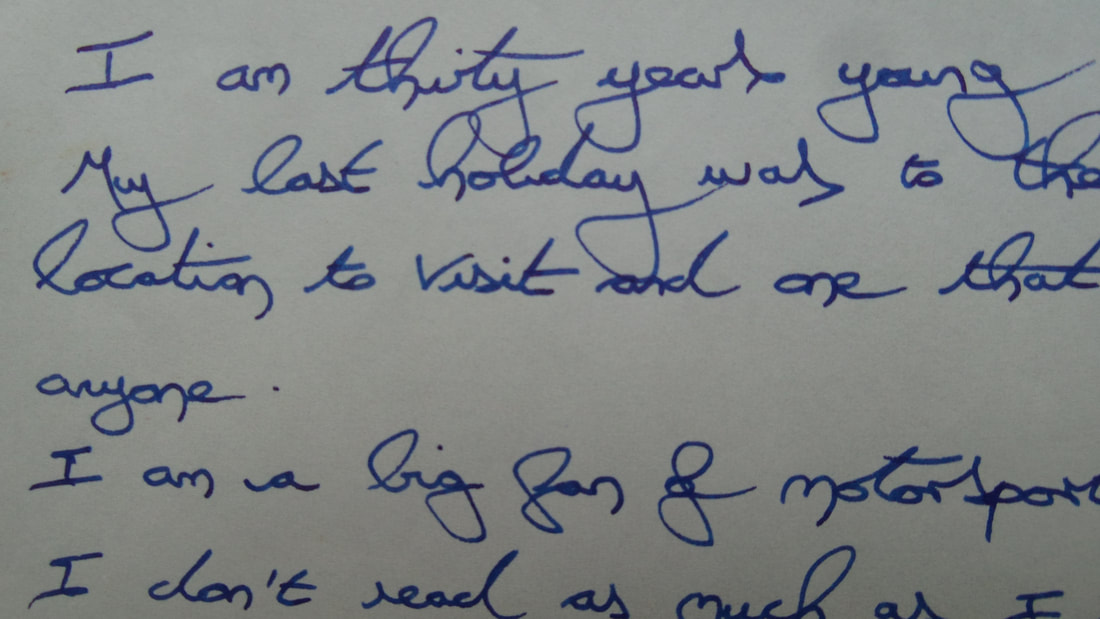
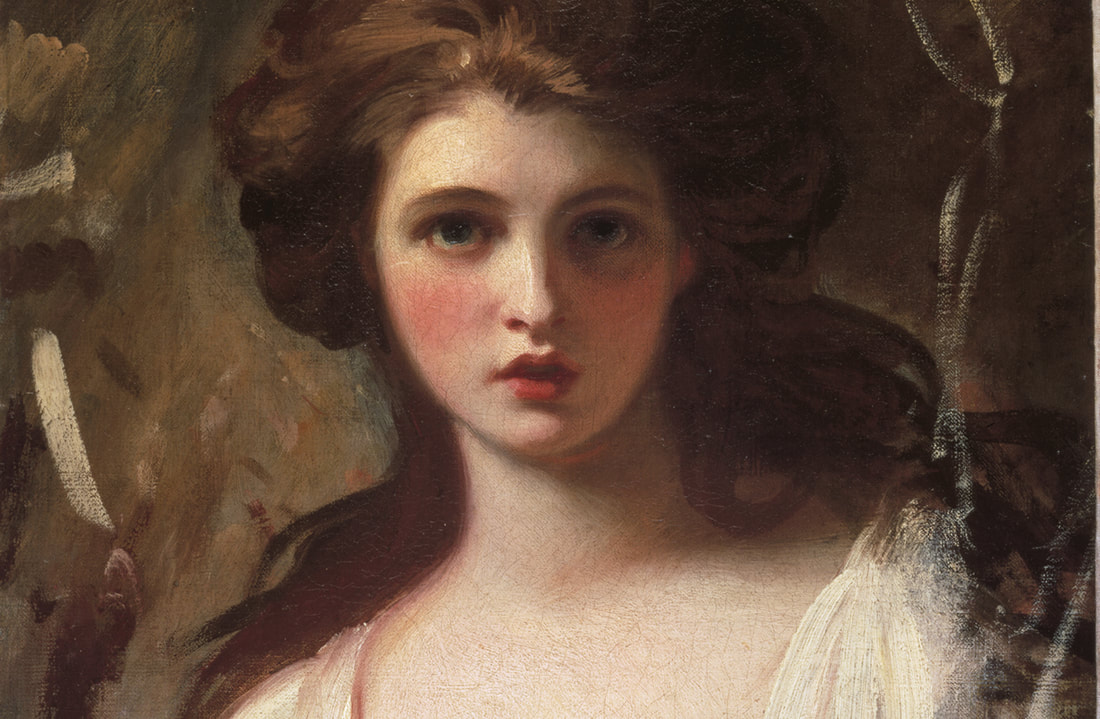
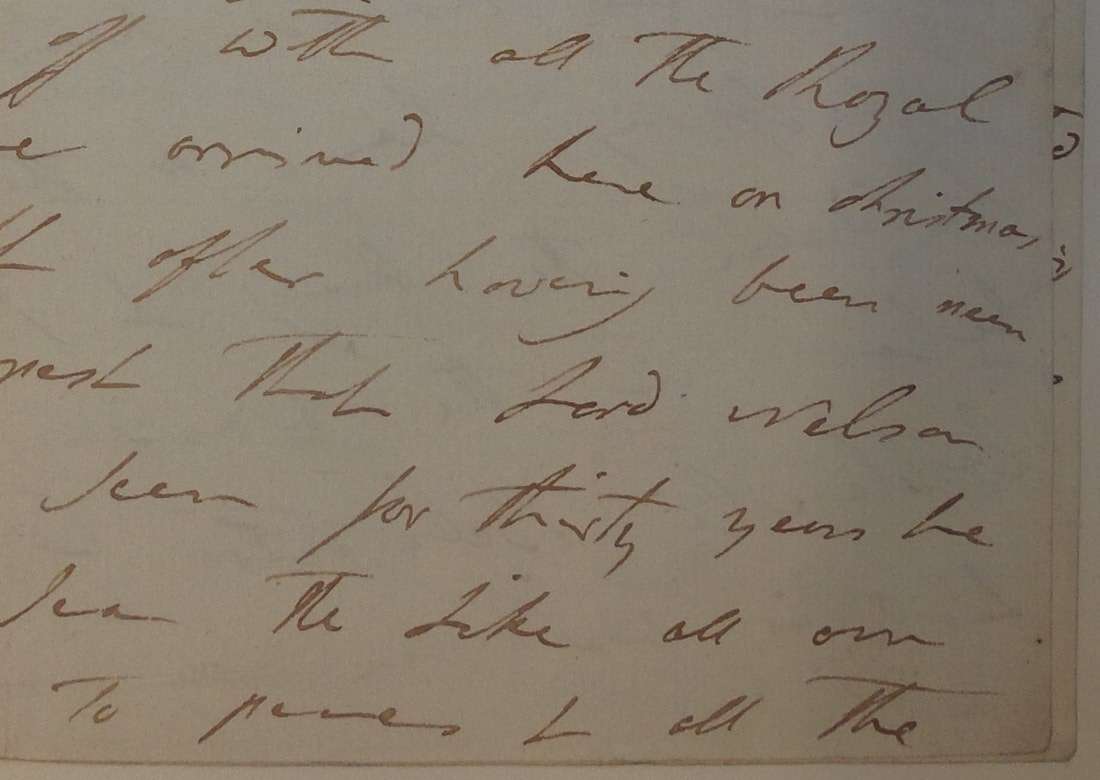
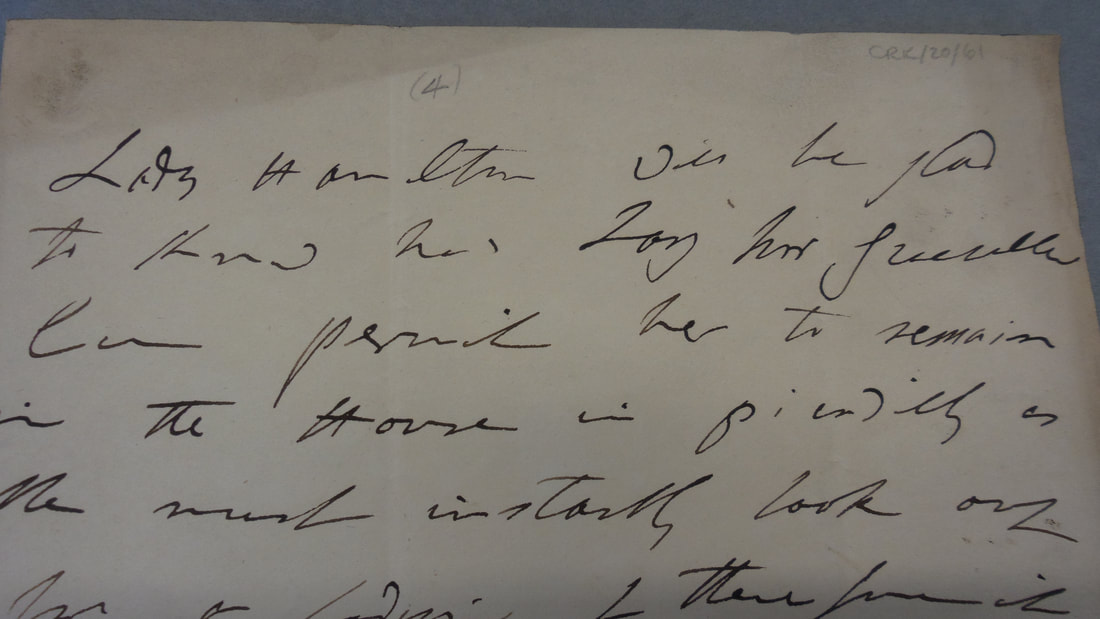
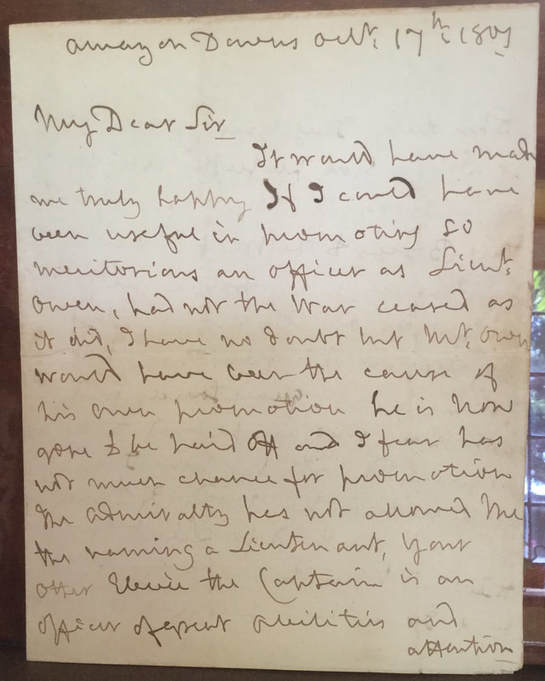

 RSS Feed
RSS Feed